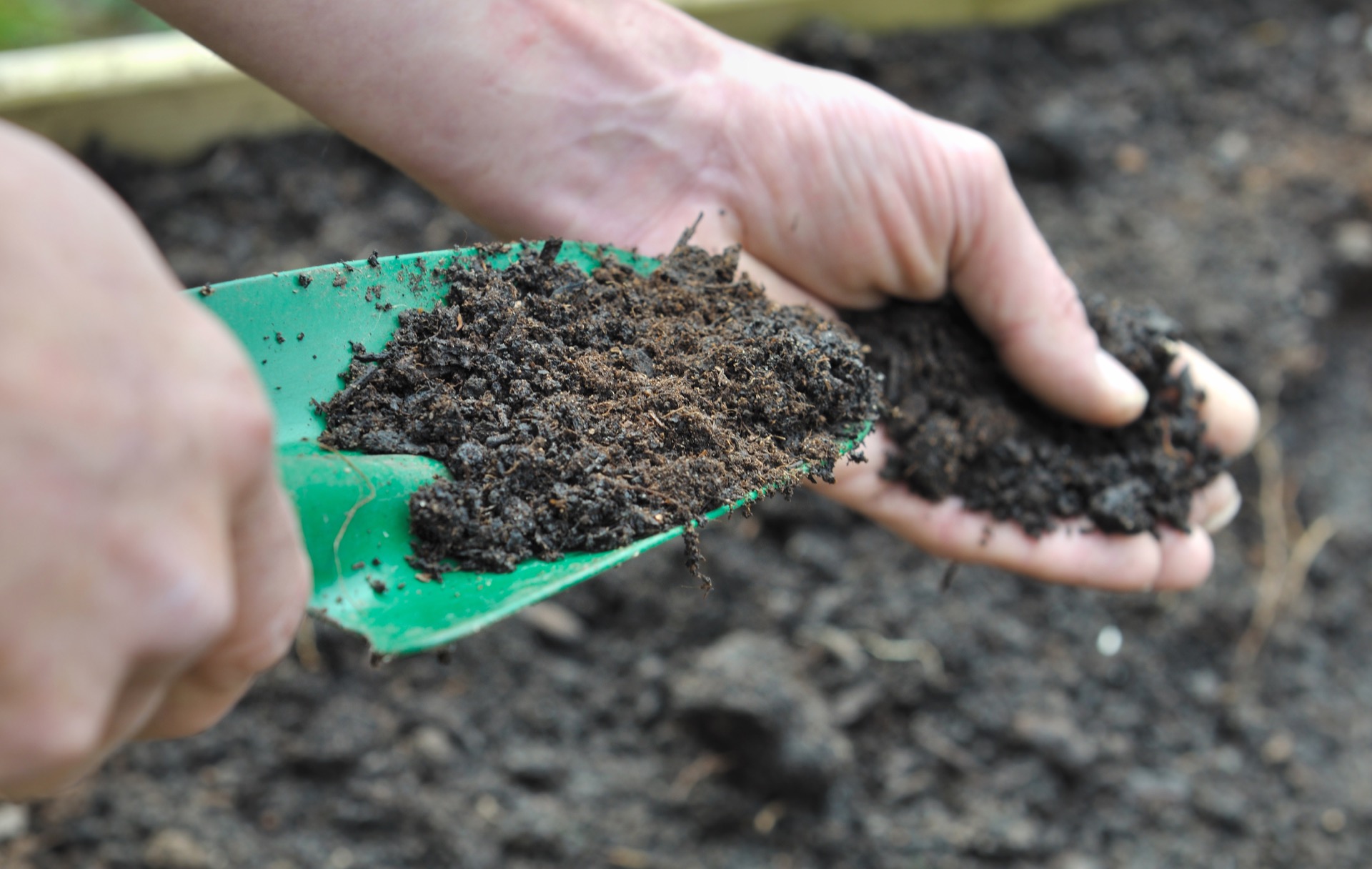
25 Jul Taking the risk out of regenerative farming
Many Australian farmers have yet to embrace regenerative farming practices despite the potential to boost yields and cut inputs.
Some farmers are concerned about the lengthy transition time and lost productivity when moving to a regenerative approach, opting for tried-and-true methods to mitigate risk.
However, regenerative agriculture can offer a compelling alternative if farmers manage the risk and costs while protecting the integrity of their farming resource.
What is regenerative farming?
A core foundation of regenerative farming focuses on soil health rather than the specific stock or crop. Healthy soil leads to healthy crops and stock.
Regenerative farming also seeks to maintain crop cover to maximise photosynthetic activity, using plants to build soil carbon and keep the soil biota alive.
Regenerative farming mitigates risk by nurturing soil biology and adopting practices that enhance agri-ecosystem health. The farm enterprise still needs to be managed well, with good pasture management and sufficient fertiliser and inputs applied to maintain its nutrient status.
What benefits does regenerative agriculture offer Australian farmers?
It improves the soil and leads to increased soil fertility and water retention
Regenerative farming prioritises the enhancement of soil biology, recognising it as the foundation of sustainable agriculture. Regenerative practices bolster soil structure and fertility by fostering diverse microbial communities and promoting the activity of beneficial organisms, such as bacteria and fungi. This, in turn, enhances nutrient cycling, improves water retention, and reduces erosion, ultimately leading to increased resilience against extreme weather events.
Better environmental and yield management by boosting soil carbon
By sequestering carbon in the soil, regenerative farming contributes to mitigating climate change—an imperative in today’s agricultural landscape. This isn’t what we constantly hear about climate change in the media. It’s real action that helps farmers season-to-season, building profitability and long-term wealth on their farms.
Cuts down on expensive inputs and costs
In contrast to conventional farming, which often relies on the overuse of synthetic fertilisers and pesticides that degrade soil health over time, regenerative practices work in harmony with natural processes. Cover cropping, crop rotation, and minimal tillage are just a few examples of regenerative techniques that rebuild soil health and reduce reliance on external inputs, lowering production costs and increasing long-term profitability.
Lowering the risk of regenerative farming while looking after the bottom line
Of course, there are no guarantees. Despite these clear advantages, the transition to regenerative agriculture can be daunting for many farmers, particularly amid economic uncertainty and market volatility.
And this is where the idea for Biolink 4 Plants & Animals was born.
We understand that it’s hard to move away from traditional farming methods.
That’s why we recommend starting with soil testing. From there, we can help you tailor the right amount of our microbial-based fertilisers to use alongside your conventional program, nurturing the soil and introducing microbial diversity.
The benefits of using our biological fertilisers and soil stimulants are:
- Builds carbon in the soil as nutrients are broken down faster
- Boosts micronutrient uptake and plant growth
- Increases water retention and drought preparedness
- Assists in disease suppression and pest management
- It helps prevent soil erosion and nutrient loss
The big payoff is that you’ll see increased yields by increasing the soil’s diversity.
Eventually, you’ll need fewer inputs for good or better plant and pasture growth.
By embracing regenerative principles and investing in soil biology, farmers can mitigate risk and cultivate a resilient and sustainable future for agriculture.



